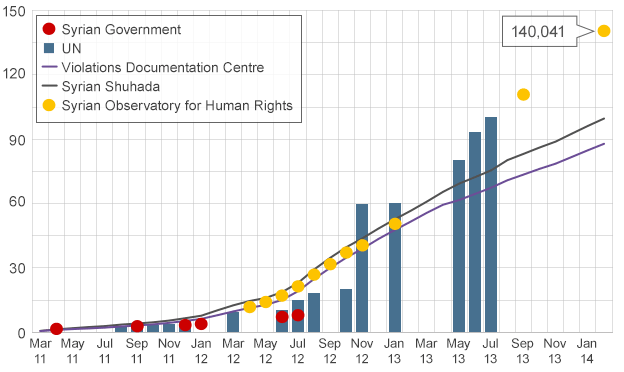Pakistan’s Pursuit of Advanced Missile Defense
In the wake of a recent four-day conflict with India in May, Pakistan is evaluating the acquisition of China’s latest HQ-19 missile defense system. This potential procurement comes alongside plans to purchase 40 Chinese-made J-35A stealth fighters, which are anticipated to enter service in the first quarter of 2026. Reports from Defence Security Asia, based in Kuala Lumpur, point to strategic implications of this dual acquisition aimed at enhancing Pakistan’s air defense capabilities.
The HQ-19 missile defense system, unveiled in November 2024, boasts an impressive range of 3,000 kilometers (1,864 miles). Designed primarily for intercepting long-range ballistic missiles, it is also effective against supersonic and near-supersonic cruise missiles, including India’s BrahMos and SCALP-EG missiles, as well as the Agni series of ballistic missiles. This capability reinforces Pakistan’s strategic defenses amidst rising tensions in the region.
Technical Specifications of the HQ-19
Developed by the China Aerospace Science and Technology Corporation, the HQ-19 adopts a hit-to-kill approach for missile interception. The system is mounted on an 8×8 wheeled transporter erector launcher that can accommodate six missiles. Additionally, it features advanced command and control unit and is paired with a high-capacity radar system known as the type 610A, which has a detection range of 4,000 kilometers (2,485 miles). This state-of-the-art technology is expected to provide Pakistan with enhanced defense capabilities.
The development of the HQ-19 dates back to the late 1990s, with its first successful trial occurring in 2021. The system derives its technology from China’s HQ-9 surface-to-air missile system, which in turn is based on the Russian S-300 design. This lineage highlights the sophisticated engineering that underpins the HQ-19, aiming to create a robust defense mechanism for Pakistan.
Addressing Vulnerabilities in Pakistan’s Air Defense
Amidst escalating tensions, Pakistan’s air defense systems currently include the Chinese-origin HQ-9 long-range and HQ-16 medium-range systems. However, the recent conflict has illuminated significant vulnerabilities within these defenses. The Indian Air Force executed targeted strikes on various military airbases and civilian sites in Pakistan, allegedly linked to terrorism. These actions raised pressing concerns about the effectiveness of Pakistan’s existing air defense strategy.
A preliminary analysis by the Stimson Center, a Washington D.C.-based think tank, indicated that India demonstrated a marked capability to conduct precise air strikes across vast areas of Pakistan, particularly on critical dates such as May 7 and May 10. While some of these strikes were interrupted or intercepted by Pakistani defenses, the overall assessment highlighted serious gaps that need to be addressed to bolster Pakistan’s air space security.







